Home>Garden Essentials>Garden Storage>How Many Clothes Do I Need In My Wardrobe
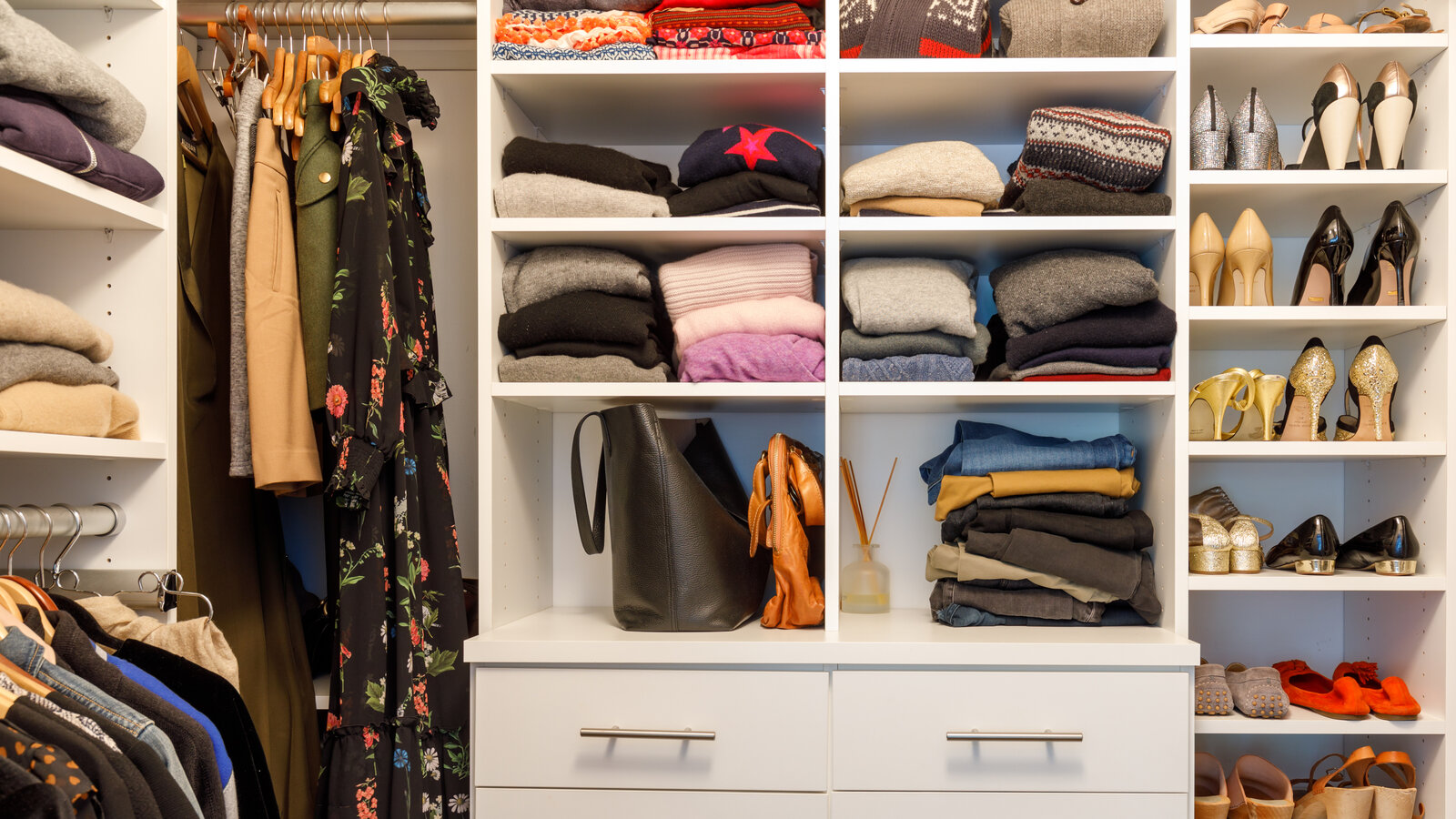

Garden Storage
How Many Clothes Do I Need In My Wardrobe
Modified: January 19, 2024
Discover the perfect storage solutions for your wardrobe! Find out how many clothes you really need and optimize your space efficiently.
(Many of the links in this article redirect to a specific reviewed product. Your purchase of these products through affiliate links helps to generate commission for Storables.com, at no extra cost. Learn more)
Introduction
Welcome to the world of fashion and personal style! Building a functional and versatile wardrobe is an essential part of expressing your unique sense of style whilst ensuring you have the right clothing for every occasion. With so many options available, it can be overwhelming to determine how many clothes you need in your wardrobe. In this article, we will explore the various factors to consider when curating your wardrobe and provide practical tips to help you optimize your clothing collection.
When deciding on the number of clothes to have in your wardrobe, there are a few key factors to keep in mind. Your lifestyle, personal preferences, climate, and budget will all influence the types and quantities of clothing you need. By taking these factors into account, you can ensure that your wardrobe is tailored to your specific needs and reflects your individual style.
Let’s dive into the different categories of clothing and determine how many items you may want to have in each:
Key Takeaways:
- Building a well-curated wardrobe involves considering lifestyle, climate, and personal style. Regular decluttering and organization help maintain a functional and efficient clothing collection, saving time and reducing stress.
- Proper maintenance of clothing items ensures they last longer and continue to serve you well. Following care labels, repairing, and organizing your wardrobe contributes to a sustainable and mindful approach to fashion.
Read more: How Many Worms Do I Need For My Compost Bin
Factors to Consider
Before determining the number of clothes you need in your wardrobe, it’s important to consider a few key factors that will influence your choices.
1. Lifestyle: Assess your daily activities and the different roles you play. If you have a highly active lifestyle or engage in specific activities like sports or hobbies, you may require specialized clothing for those purposes.
2. Personal Preferences: Your personal style and fashion preferences are integral to building a wardrobe that represents you. Consider your preferred colors, patterns, and silhouettes, ensuring that you have pieces that align with your unique taste.
3. Climate: The climate you live in will impact the types of clothing you need. If you reside in a cold climate, you will require more warm and layerable pieces, whereas those in warmer climates may focus on lightweight and breathable options.
4. Budget: Your budget and financial considerations play a role in determining the number of clothes you can afford to have in your wardrobe. It’s important to find a balance between quality and quantity, investing in pieces that will last and provide value for money.
5. Storage Space: Consider the available storage space you have for your wardrobe. If you have limited storage, you may need to be more selective with your clothing choices and consider storage solutions to optimize your space.
By taking these factors into account, you can create a wardrobe that is personalized to your lifestyle, preferences, and needs.
Everyday Essentials
Everyday essentials are the foundation of your wardrobe and include versatile pieces that can be worn on a daily basis. These items form the basis of your outfits and can be easily mixed and matched for various occasions.
Tops: Start with a collection of basic tops, such as plain t-shirts, tank tops, and long-sleeve shirts. Aim for a variety of neutral colors like black, white, and gray, as well as a few statement colors to add some interest to your outfits. Consider having around 5-10 tops in your wardrobe.
Bottoms: Invest in a selection of bottoms that suit your style and comfort. This could include jeans, pants, skirts, and shorts. Opt for different cuts and styles to cater to a range of occasions. Having around 3-5 bottoms should provide enough variety for your everyday looks.
Dresses: If you enjoy wearing dresses, have a few versatile options in your wardrobe. Look for styles that can be dressed up or down, depending on the occasion. A couple of casual dresses and a more formal option should suffice.
Layering Pieces: Layering pieces are essential for adding depth and versatility to your outfits. Invest in lightweight cardigans, blazers, and jackets that can be easily paired with other items. Aim for around 2-4 layering pieces.
Accessories: Don’t forget to include accessories in your everyday essentials. This could be a selection of belts, scarves, and statement jewelry. These accessories can transform a simple outfit into a stylish ensemble.
Undergarments: Proper undergarments are crucial for a comfortable and seamless look. Invest in high-quality bras, underwear, and socks that fit well and provide the necessary support. Make sure to have enough in rotation to avoid running out between laundry cycles.
By having a well-curated collection of everyday essentials, you can effortlessly create stylish and functional outfits for your day-to-day activities.
Seasonal Clothing
Seasonal clothing is an essential part of any wardrobe as it allows you to adapt to the changing weather and maintain comfort throughout the year. Consider the climate in your region and the distinct seasons that you experience when selecting your seasonal clothing.
Spring: During the spring season, focus on lighter fabrics and transitional pieces. Include items like lightweight sweaters, cardigans, and jackets that can be layered over your everyday essentials. Don’t forget to add in a few floral prints and pastel colors to embrace the season’s aesthetic.
Summer: In the summertime, prioritize breathable fabrics and lightweight clothing. Stock up on t-shirts, tank tops, shorts, sundresses, and skirts to keep cool in the heat. Additionally, invest in swimwear, cover-ups, and comfortable sandals for trips to the beach or pool.
Fall: As the weather begins to cool down, it’s time to incorporate warmer pieces into your wardrobe. Opt for long-sleeve tops, cozy sweaters, jeans, and pants in autumnal colors. Layering becomes essential during this season, so have a few lightweight outerwear options such as trench coats or denim jackets.
Winter: During the winter months, focus on insulation and protection from the cold. Invest in thick sweaters, turtlenecks, jackets, and coats for warmth. Don’t forget to include accessories like scarves, gloves, hats, and boots to stay cozy during the chilly weather.
Consider the duration of each season in your area when determining the quantity of seasonal clothing you need. It’s always a good idea to have a few versatile pieces in each category to mix and match for different weather conditions.
Occasion-Wear
Occasion-wear refers to clothing specifically suited for special events and formal occasions. While you may not wear these items on a daily basis, having a few key pieces in your wardrobe ensures that you are prepared for celebratory gatherings, weddings, parties, or formal functions.
Formal Dress: Every wardrobe should include a formal dress that can be worn to black-tie events or formal parties. Choose a style that flatters your body shape and opt for classic colors like black or navy. A well-fitted, versatile dress can be accessorized to suit a range of occasions.
Suits and Tuxedos: For men, having a well-tailored suit or tuxedo is essential for formal events. Invest in a suit or tuxedo that fits you perfectly and choose classic colors like black, navy, or gray. Consider having at least one suit in your wardrobe, but if you frequently attend formal events, having a few options in different colors is advisable.
Cocktail Attire: For semi-formal events or cocktail parties, having a few cocktail dresses or dressy separates is a good idea. Opt for dresses that fall just above or below the knee and pair them with stylish heels. For men, a suit or blazer paired with a dress shirt and trousers can create a polished cocktail look.
Accessories: Don’t forget to include accessories that elevate your occasion-wear outfits. This can include statement jewelry, clutch bags, ties, cufflinks, and pocket squares. These small touches can make a big impact on your overall look.
Shoes: Invest in a pair of elegant and versatile formal shoes, such as pumps or dress shoes, to complement your occasion-wear outfits. Have a few options in neutral colors like black or nude, which can pair well with different outfits.
Having a few well-chosen occasion-wear pieces ensures that you are always prepared to make a stylish entrance at any special event or formal gathering that comes your way.
Read more: How Many Bricks Do I Need For A Patio
Workwear
Workwear refers to the clothing you wear specifically for your job or professional setting. It’s important to have a selection of polished and appropriate outfits that convey professionalism and confidence in the workplace.
Tops: Invest in a combination of blouses, button-down shirts, and tailored tops that can be easily paired with skirts or trousers. Aim for a mix of neutral colors and patterns to keep your work outfits versatile. Having around 5-7 tops in rotation should provide enough variety.
Bottoms: Choose skirts, dress pants, or trousers that are suitable for your workplace dress code. Opt for classic colors like black, navy, and gray, which can be paired with different tops. Depending on how often you wear skirts or pants, having 3-5 options should be sufficient.
Dresses: Dresses can be an effortless and stylish option for the workplace. Look for dresses that are tailored and fall at an appropriate length. Consider having a few dress options in different styles and colors to add variety to your workwear rotation.
Suits: Depending on your profession, having at least one well-tailored suit is a good investment. Suits can be versatile and can be worn as a complete set or separately as separates. Aim for neutral colors like black, navy, or gray, which can be easily paired with different shirts or blouses.
Shoes: Comfortable yet stylish shoes are essential for the workplace. Invest in a few pairs of closed-toe heels or flats that are suitable for your office environment. Consider having both neutral tones and a couple of statement colors to add interest to your outfits.
Accessories: Add polish to your workwear outfits with appropriate accessories such as belts, scarves, and understated jewelry. These subtle touches can elevate your outfits without being too distracting or overpowering.
Always review your workplace dress code and guidelines to ensure your clothing choices are in compliance. Creating a versatile and professional workwear wardrobe will help you feel confident and poised in any professional setting.
Athletic Wear
Athletic wear, also known as activewear or sportswear, is designed to provide comfort and functionality during physical activity. Whether you regularly hit the gym, practice yoga, or engage in outdoor sports, having the right athletic wear will enhance your performance and ensure you feel comfortable and confident.
Tops: Invest in moisture-wicking and breathable tops that are suitable for your preferred physical activities. Look for t-shirts, tank tops, or sports bras that provide support and allow for freedom of movement. Depending on your exercise routine and laundry preferences, having 3-5 tops should be sufficient.
Bottoms: Choose bottoms that are appropriate for your activities, such as leggings, shorts, or joggers. Look for materials that offer stretch and allow for ease of movement. Consider having a few options in different lengths and styles to accommodate different workouts or weather conditions.
Sports Bras and Undergarments: Proper support is essential during physical activity. Invest in high-quality sports bras that provide the right level of support for your needs. Additionally, select comfortable and moisture-wicking underwear and socks that keep you dry and blister-free during your workouts.
Shoes: Select the appropriate athletic shoes that suit your specific activities. Running shoes, cross-trainers, or specialized sports shoes are designed for specific needs, such as stability, cushioning, or traction. Ensure that your shoes fit well and provide adequate support to prevent injuries.
Outerwear: Depending on the climate and outdoor activities you engage in, consider including outerwear such as sweatshirts, jackets, or windbreakers in your athletic wear collection. Look for options that are lightweight, moisture-wicking, and provide protection from the elements.
Accessories: Don’t forget to include accessories that enhance your athletic performance and comfort. This could include items like sweatbands, headbands, performance socks, or a gym bag to conveniently carry your gear.
Having the appropriate athletic wear ensures that you can focus on your physical activities without any discomfort or restrictions. Take into consideration the types of exercise you engage in and select clothing and footwear that provide the support and flexibility you need.
Consider building a versatile wardrobe with a few key pieces that can be mixed and matched. Aim for quality over quantity, and focus on items that fit well and can be worn in multiple ways. This will help you create a functional wardrobe with fewer items.
Loungewear
Loungewear is all about comfort and relaxation, providing you with cozy attire for unwinding at home or running errands on lazy weekends. Having a selection of comfortable and stylish loungewear in your wardrobe is essential for those moments when you want to prioritize comfort without sacrificing style.
Tops: Look for soft and comfortable tops such as t-shirts, tank tops, or sweatshirts. Opt for fabrics like cotton or modal that offer breathability and a cozy feel against the skin. Choose neutral colors or fun prints that suit your personal style.
Bottoms: Invest in comfortable bottoms like pajama pants, leggings, or lounge pants. Look for materials that are soft and stretchy, allowing for ease of movement. Choose options in different lengths and styles, depending on your preferences and the climate you live in.
Matching Sets: Consider investing in matching loungewear sets for a chic and put-together look. These sets typically include a top and coordinating bottoms, providing an effortless and stylish ensemble for lounging at home or running quick errands.
Robes and Cardigans: Robes and cardigans are essential for layering and providing extra warmth and comfort. Look for soft and cozy fabrics like fleece or plush to wrap yourself in. Opt for styles that are easy to slip on and off and can be worn over your loungewear sets or pajamas.
Slippers and Socks: Complete your loungewear ensemble with a pair of comfortable slippers or cozy socks. Look for options with soft and cushioned soles for maximum comfort around the house. Choose slippers or socks that match your style and keep your feet warm and snug.
Accessories: Enhance your loungewear look with accessories like plush blankets, fluffy pillows, or cozy beanies. These extras create a cozy and inviting atmosphere, perfect for relaxing at home.
Loungewear is all about embracing comfort and relaxation without compromising on style. By curating a collection of comfortable and stylish loungewear pieces, you’ll always have something cozy and chic to slip into during your downtime.
Accessories
Accessories are the finishing touches that can elevate and enhance any outfit. They allow you to express your personal style, add interest to your look, and complete your overall ensemble. Here are some essential accessories to consider for your wardrobe:
Jewelry: Select a range of jewelry pieces that can be mixed and matched with different outfits. This could include necklaces, earrings, bracelets, and rings. Opt for classic, timeless pieces that can be worn for various occasions, as well as some statement pieces for those special events.
Bags: Invest in a selection of bags that serve both fashion and functional purposes. This could include a versatile everyday bag, a stylish clutch for evenings or special events, and a spacious tote for work or shopping. Consider different sizes, styles, and colors to suit different occasions and outfits.
Belts: Belts are not only practical for keeping your pants or skirts in place; they can also cinch in your waist and add a stylish touch to your outfit. Have a few different styles and widths in neutral colors to accessorize your dresses, trousers, or even oversized shirts.
Scarves: Scarves are versatile accessories that can be worn in various ways, such as around your neck, as a headband, or even as a belt. Invest in scarves in different colors, patterns, and fabrics to add a pop of color or texture to your outfits, especially during the colder months.
Hats: Hats not only protect you from the sun or cold weather but also add flair to your look. Whether it’s a floppy sun hat for a beach vacation, a stylish fedora, or a cozy beanie for winter, having a few hats in your wardrobe can add a touch of personality and style to your outfits.
Sunglasses: Sunglasses are both practical and fashionable accessories. Invest in a good-quality pair that offers proper UV protection and fits your face shape and style preferences. Have a classic and versatile option that can be worn with any outfit, as well as a few trendy styles to switch up your look.
Watches: A stylish watch is a timeless accessory that adds sophistication to any outfit. Invest in a classic and versatile timepiece that suits your taste and can be worn for various occasions. Consider different materials and colors to match your outfits and personal style.
Remember, accessories are an excellent way to showcase your personal style and add personality to your outfits. Choose accessories that complement your wardrobe and make you feel confident and stylish wherever you go.
Read more: How Many Patio Blocks Do I Need
Outerwear
Outerwear is essential for keeping you warm, protected, and stylish during chilly weather conditions. It serves as the first impression of your outfit and can make a statement while providing functionality. Here are some key outerwear pieces to consider for your wardrobe:
Jackets: A good-quality jacket is a must-have for any wardrobe. Choose a versatile option like a denim jacket, leather jacket, or bomber jacket that can be easily paired with different outfits. Additionally, consider having a lightweight jacket or windbreaker for milder weather and a heavier coat or parka for colder climates.
Trench Coats: Trench coats are timeless and classic outerwear options that can elevate any outfit. The belted style and structured silhouette add sophistication to your look. Opt for neutral colors such as beige, black, or navy for versatility and consider the length that suits your style and body shape.
Blazers: Blazers are a versatile piece that can be dressed up or down and adds a touch of sophistication to any outfit. Choose a tailored blazer that fits well and flatters your body shape. Have options in neutral colors like black, gray, or navy, as well as a statement color or pattern for a bolder look.
Ponchos and Capes: Ponchos and capes are elegant and fashion-forward outerwear options that can make a statement during colder months. Choose fabrics like wool or cashmere for warmth and opt for neutral colors or bold patterns to add visual interest to your outfits.
Puffer Jackets and Vests: Puffer jackets and vests are perfect for extreme cold weather conditions. Look for options with insulation and fill power that keep you warm without adding excessive bulk. Consider having a shorter puffer jacket for everyday wear and a longer coat for extreme cold.
Raincoats: A waterproof and lightweight raincoat is essential for staying dry during rainy seasons. Look for options with a hood and consider the length that provides adequate coverage. Opt for neutral colors or fun patterns to brighten up those dreary rainy days.
Winter Accessories: Don’t forget the accessories that complete your outerwear ensemble and keep you cozy. Include items like scarves, hats, gloves, and earmuffs that match your jackets and coats, providing both style and functionality during colder weather.
Having a selection of outerwear allows you to stay stylish, comfortable, and protected, no matter the weather conditions. Choose outerwear pieces that suit your personal style, climate, and lifestyle to ensure you’re ready for any outdoor adventure.
Shoes
Shoes are more than just a functional necessity; they can make a statement, complete an outfit, and provide comfort for your feet throughout the day. Building a well-rounded shoe collection ensures you have options for various occasions. Here are some essential shoe styles that should be included in your wardrobe:
Everyday Sneakers: A comfortable pair of sneakers is a must-have for your everyday activities. Look for a versatile pair that can be worn with casual outfits or even dressed up for a sporty-chic look. Opt for classic colors like white or black, or add a pop of color for a fun and fashionable touch.
Classic Pumps: A pair of classic pumps is a timeless addition to your shoe collection. Opt for a neutral color like black or nude, as they can be worn with a wide range of outfits, from workwear to evening wear. Aim for a moderate heel height that is both stylish and comfortable.
Flats: Flats are essential for days when you want comfort without compromising on style. Look for ballet flats, loafers, or mules in materials like leather or suede. Neutral colors like black, brown, or navy are versatile and can easily complement your outfits.
Boots: Boots are a must-have for fall and winter seasons. Consider having a variety of styles, including ankle boots, knee-high boots, or combat boots. Opt for quality materials like leather or suede, and invest in neutral colors such as black or brown that can transition seamlessly between casual and dressier outfits.
Sandals: Sandals are essential for warmer weather and vacations. Choose a comfortable and stylish pair of sandals that suit your style, whether that’s slide sandals, gladiator sandals, or wedge sandals. Opt for versatile colors like tan or metallics that can match a variety of outfits.
Athletic Shoes: If you enjoy sports or engage in regular workouts, having appropriate athletic shoes is important. Look for shoes that are designed for the specific activity you participate in, such as running shoes, cross-trainers, or hiking boots. Ensure they provide proper support and cushioning for your feet.
Heeled Sandals: Heeled sandals are perfect for dressier occasions or evenings out. Choose a style that suits your personal taste, whether that’s strappy stilettos, block heels, or wedges. Opt for colors like black, metallics, or pastels to complement your evening wear.
Comfortable Flats: Consider adding a pair of comfortable flats to your shoe collection for days when you need both style and comfort. Look for flats with cushioned insoles, arch support, or flexible soles. These can be your go-to shoes for long days on your feet.
Having a well-rounded collection of shoes ensures that you’re prepared for any occasion. The right shoes can enhance your outfit and provide the comfort and support you need throughout the day. Choose styles and colors that suit your personal style, and invest in high-quality shoes that will last for years to come.
Decluttering and Organization Tips
Keeping your wardrobe organized and clutter-free is key to maintaining a functional and efficient clothing collection. Here are some tips to help you declutter and organize your wardrobe:
1. Assess Your Clothing: Start by taking inventory of your clothing items. Evaluate each piece and ask yourself if it still fits well, if you feel comfortable wearing it, and if it suits your current style. Consider donating or selling items that no longer serve you.
2. Categorize Your Clothing: Divide your clothing into different categories such as tops, bottoms, dresses, and outerwear. This will help you easily locate specific items when getting dressed.
3. Utilize Storage Solutions: Invest in storage solutions that suit your space and needs. This could include closet organizers, drawer dividers, or shoe racks. Optimize your storage space by utilizing vertical space and storing items according to frequency of use or seasonality.
4. Try a Capsule Wardrobe: Consider implementing a capsule wardrobe, which involves creating a small collection of versatile and essential clothing items that can be mixed and matched. This helps simplify your choices and reduces clutter.
5. Keep Essentials Accessible: Store frequently worn and everyday essentials within easy reach. Hang or fold these items at eye level in your closet or place them in easily accessible drawers. This will save you time and energy when getting ready each day.
6. Rotate Seasonal Items: Store off-season clothing in a separate space, such as under-bed storage or vacuum-sealed bags. Rotate these items as the seasons change to keep your wardrobe current and save space.
7. Donate or Sell Unwanted Items: Instead of holding on to items you no longer need or wear, consider donating them to charity or selling them online. This not only declutters your wardrobe but also allows someone else to enjoy those pieces.
8. Maintain Regular Cleaning Sessions: Set aside time on a regular basis to clean and organize your wardrobe. This could be weekly, monthly, or seasonally. Use this time to take stock of what you have and make necessary adjustments.
9. Streamline Your Accessories: Organize your accessories such as jewelry, belts, and scarves using dividers or small containers. This will help prevent tangling and keep everything easily visible and accessible.
10. Assess Before Making New Purchases: Before buying new clothing items, consider if they fit into your current wardrobe, if they serve a purpose, and if they align with your personal style. This prevents unnecessary clutter and ensures that each new piece adds value to your collection.
By implementing these decluttering and organization tips, you can create a streamlined and efficient wardrobe that makes getting dressed a breeze. Remember, a well-organized wardrobe not only saves time and reduces stress but also allows you to appreciate and enjoy the clothing items you truly love.
Maintaining Your Wardrobe
Maintaining your wardrobe is just as important as curating and organizing it. Taking proper care of your clothing ensures that they last longer, stay in excellent condition, and continue to serve you well. Here are some tips for maintaining your wardrobe:
1. Read Care Labels: Care labels provide important instructions for washing, drying, and ironing your clothes. Follow these instructions carefully to prevent color fading, shrinkage, or damage to the fabric. If in doubt, opt for gentle cycles and air drying.
2. Arrange Regular Cleaning Sessions: Set aside time to regularly clean your clothes, especially those that require special care or delicate fabrics. This can include dry cleaning certain items or hand-washing delicate pieces. Staying on top of cleaning prevents dirt, stains, and odors from setting in.
3. Repair and Mend: Don’t discard clothing items just because they have a small tear or missing button. Learn basic sewing skills to mend minor damages or take the items to a professional tailor for repairs. This will extend the lifespan of your clothes and save you money on replacements.
4. Rotate Your Clothing: Avoid excessive wear and tear by rotating the use of your clothing items. Give your favorite pieces a break and allow them to rest between wears. This prevents overuse and extends the longevity of your wardrobe.
5. Fold and Hang Properly: Follow the appropriate folding and hanging techniques for different types of clothing. Delicate or heavier items should be folded, while items like dresses, blouses, and blazers should be hung on appropriate hangers to maintain their shape. Avoid overstuffing drawers or overcrowding hangers to prevent damage.
6. Protect Against Moths and Pests: Use mothballs, cedarwood chips, or lavender sachets to deter moths and pests from your wardrobe. These natural repellents help prevent damage caused by insects, especially to delicate fabrics like wool or silk.
7. Take Care of Accessories: Properly store and care for your accessories to maintain their quality and condition. Clean and polish jewelry regularly, store handbags in dust bags, and keep belts and scarves properly hung or folded to prevent damage or tangling.
8. Keep shoes in good condition: Clean your shoes regularly and store them properly when not in use. This includes polishing leather shoes, airing out athletic shoes, and using shoe trees or stuffing to maintain their shape.
9. Regularly Assess Your Wardrobe: Periodically reassess your wardrobe and let go of items that no longer fit, suit your style, or are in poor condition. This keeps your wardrobe fresh and allows room for new additions that better align with your current lifestyle and preferences.
10. Stay Organized: Continuously maintain an organized wardrobe by following the organization tips mentioned earlier. Regularly declutter, reorganize, and ensure that everything has a designated place. This will help you see what you have, prevent unnecessary duplication, and make getting dressed easier.
By following these tips, you can ensure that your wardrobe remains in great condition, allowing you to enjoy your clothing for years to come. Proper maintenance not only saves you money but also contributes to a more sustainable and mindful approach to fashion.
Read more: How Many Fence Pickets Do I Need
Conclusion
Building and maintaining a well-curated wardrobe is a continuous process that combines personal style, practicality, and organization. By considering factors such as lifestyle, climate, and personal preferences, you can create a wardrobe that is tailored to your specific needs and reflects your unique sense of style.
Having the right number of clothes for each category, including everyday essentials, seasonal clothing, workwear, occasion-wear, athletic wear, loungewear, and accessories, ensures that you are prepared for any occasion that comes your way.
However, having a wardrobe is not just about accumulating clothes; it’s also about keeping it organized and well-maintained. Regularly decluttering, assessing, and organizing your wardrobe helps you make the most of your clothing items while keeping your space tidy and efficient.
Remember to care for your clothes by following care labels, repairing and mending as needed, and properly storing and cleaning them. By doing so, you can extend the lifespan of your clothes and enjoy them for years to come.
Ultimately, a well-curated and maintained wardrobe allows you to express your personal style, feel confident in your clothing choices, and save time when getting ready each day. It is a reflection of who you are and can empower you to present your best self to the world.
So, take the time to assess your wardrobe, make thoughtful additions and subtractions, and stay organized. Build a wardrobe that truly represents you and supports your lifestyle, and enjoy the benefits of having a well-rounded and functional collection of clothing.
Frequently Asked Questions about How Many Clothes Do I Need In My Wardrobe
Was this page helpful?
At Storables.com, we guarantee accurate and reliable information. Our content, validated by Expert Board Contributors, is crafted following stringent Editorial Policies. We're committed to providing you with well-researched, expert-backed insights for all your informational needs.
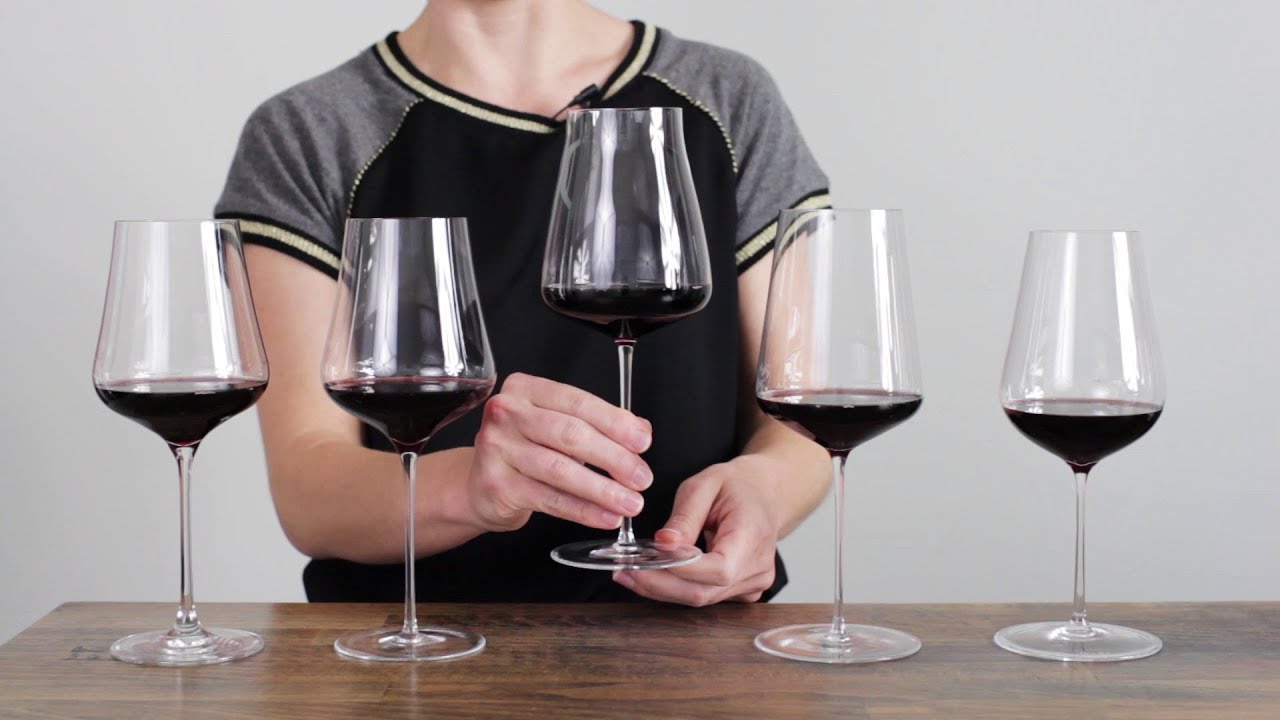
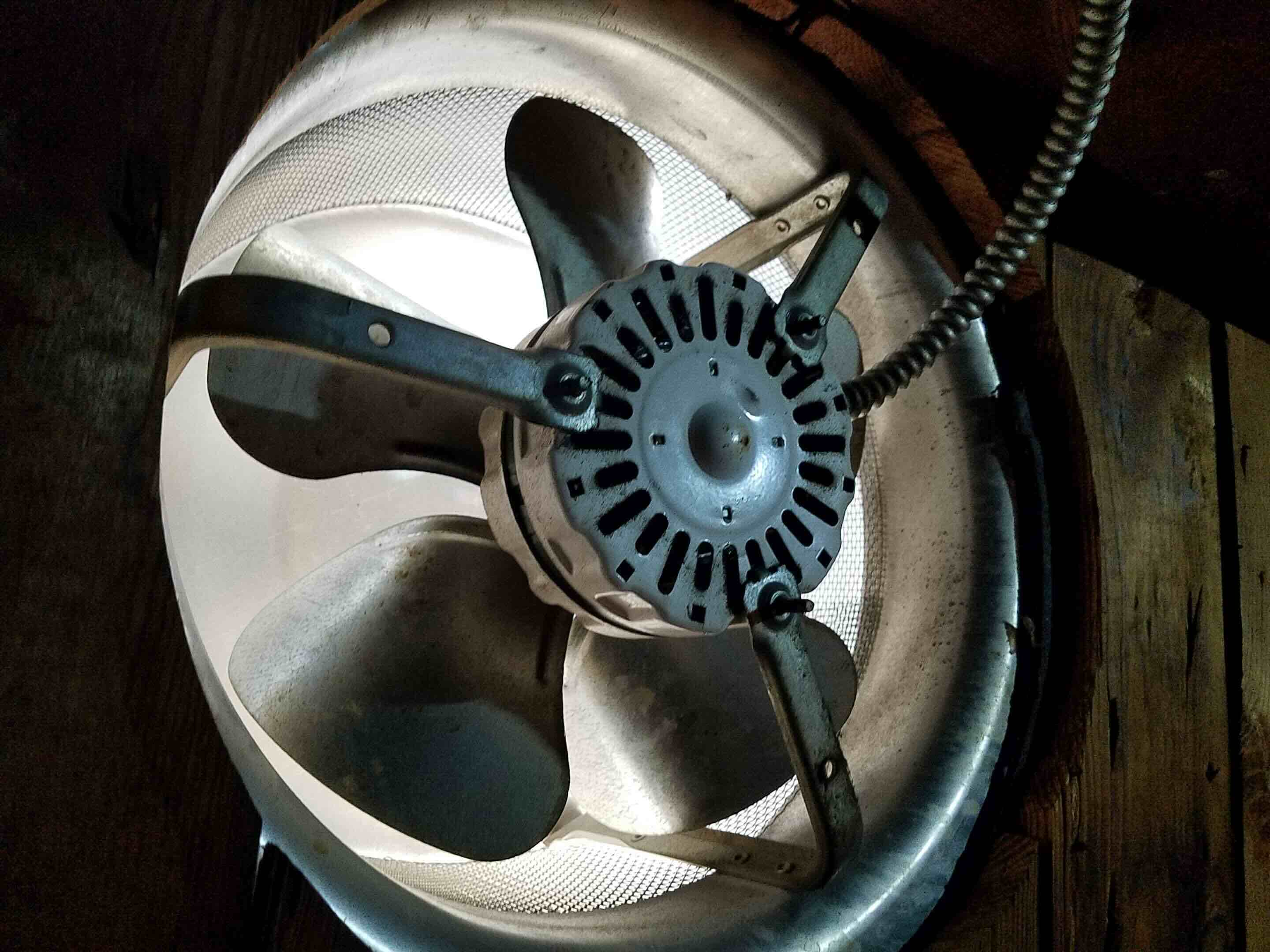
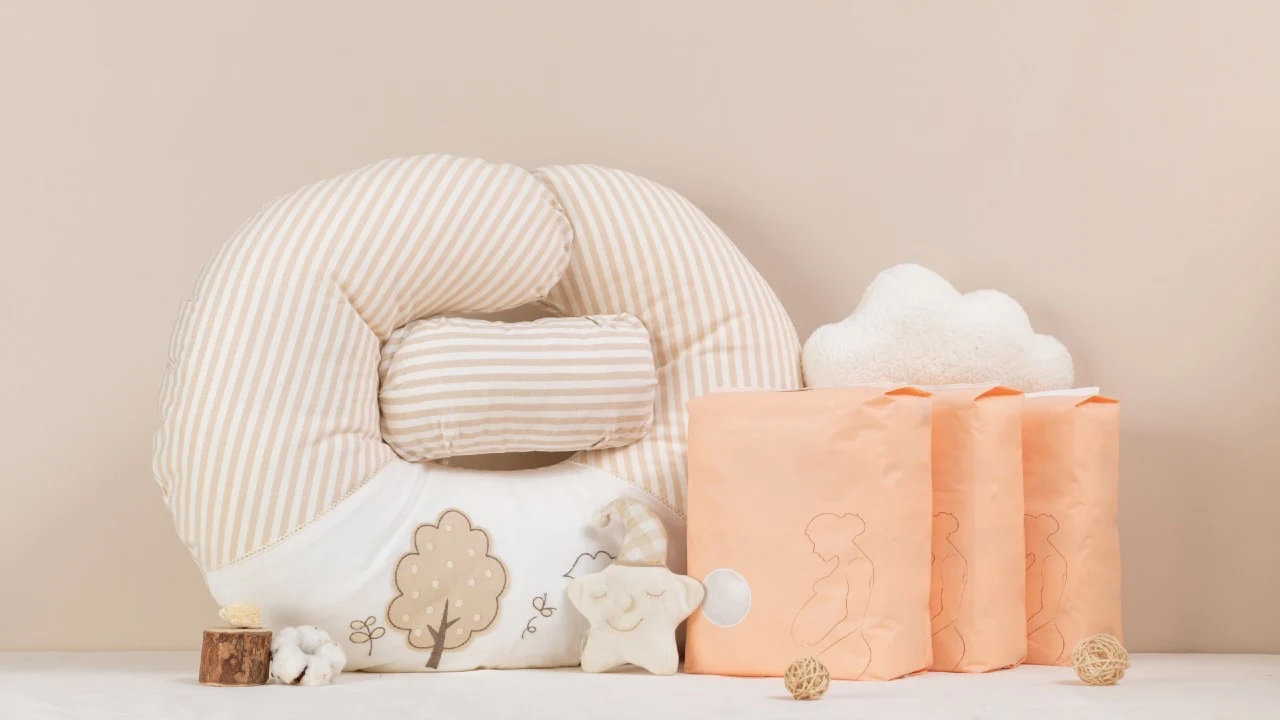
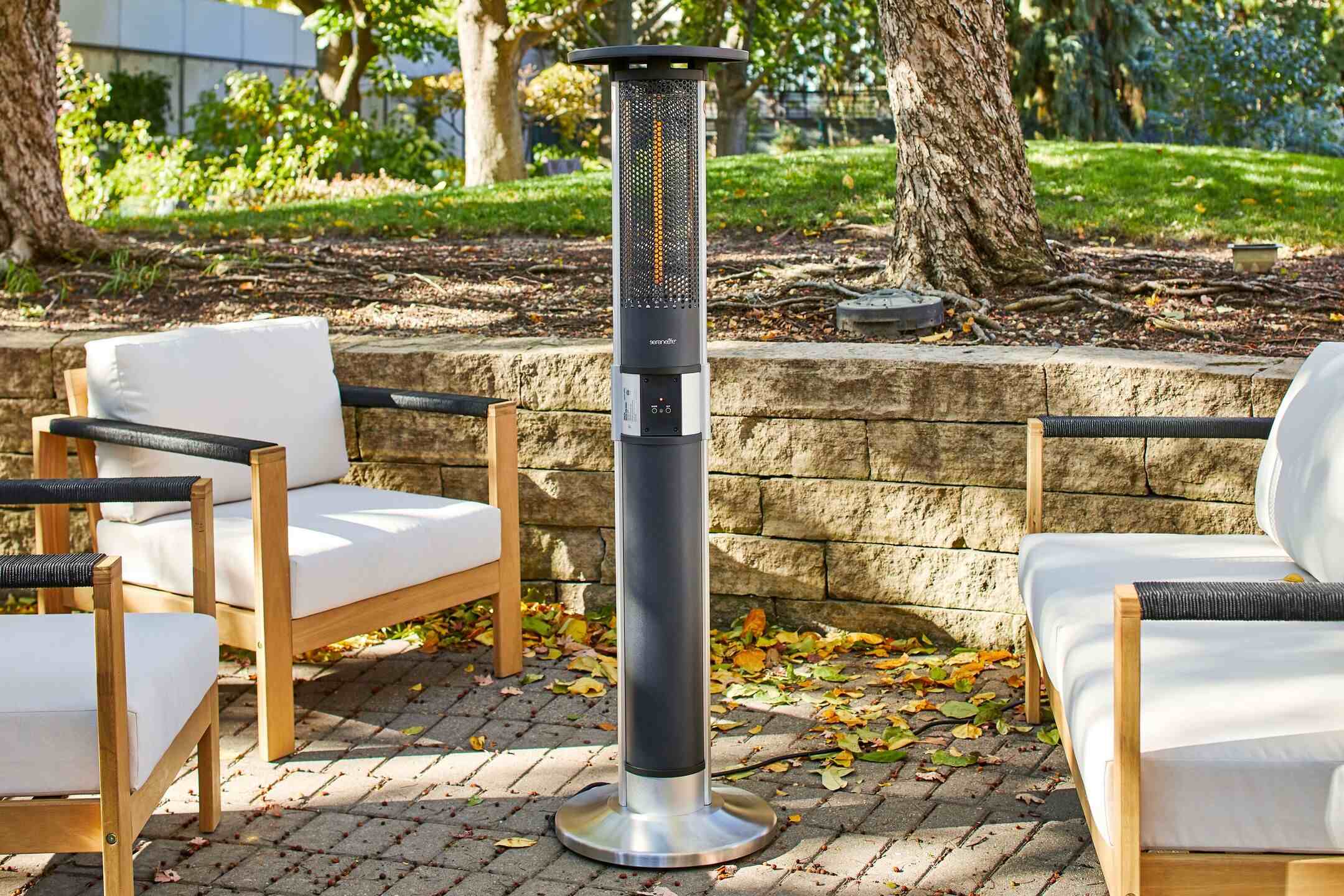
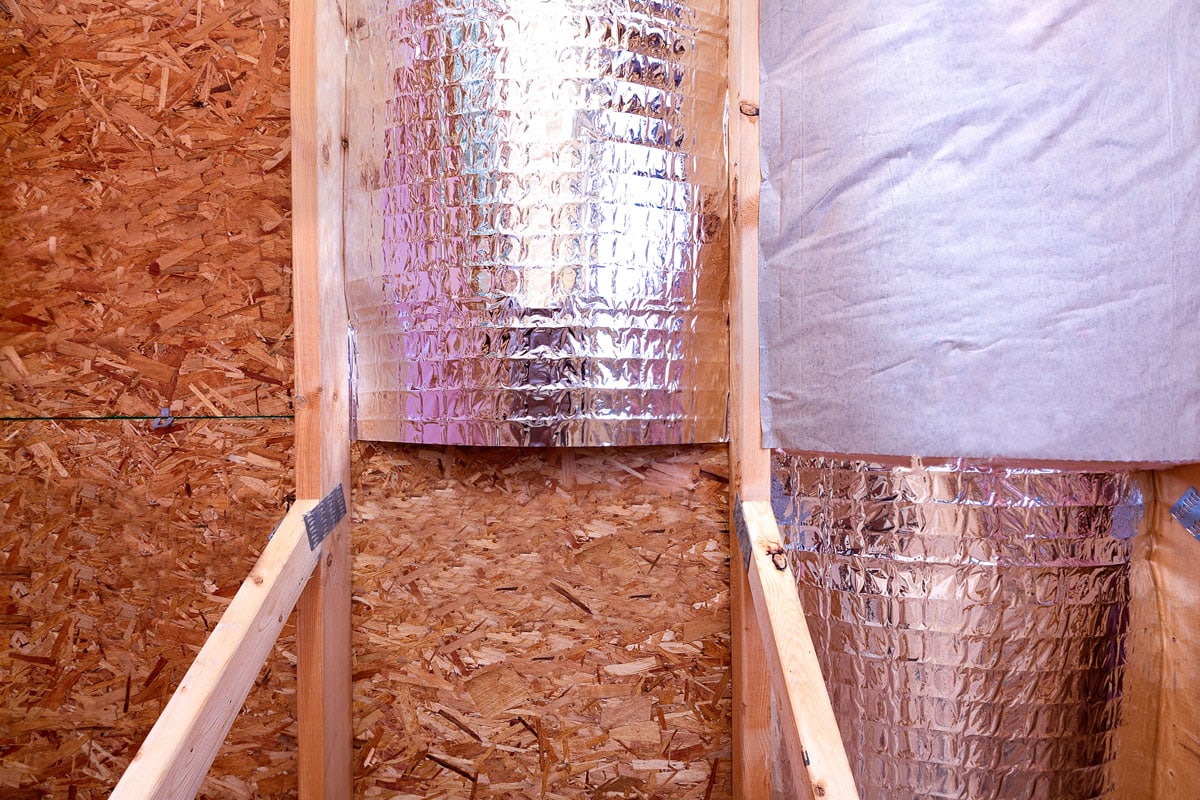
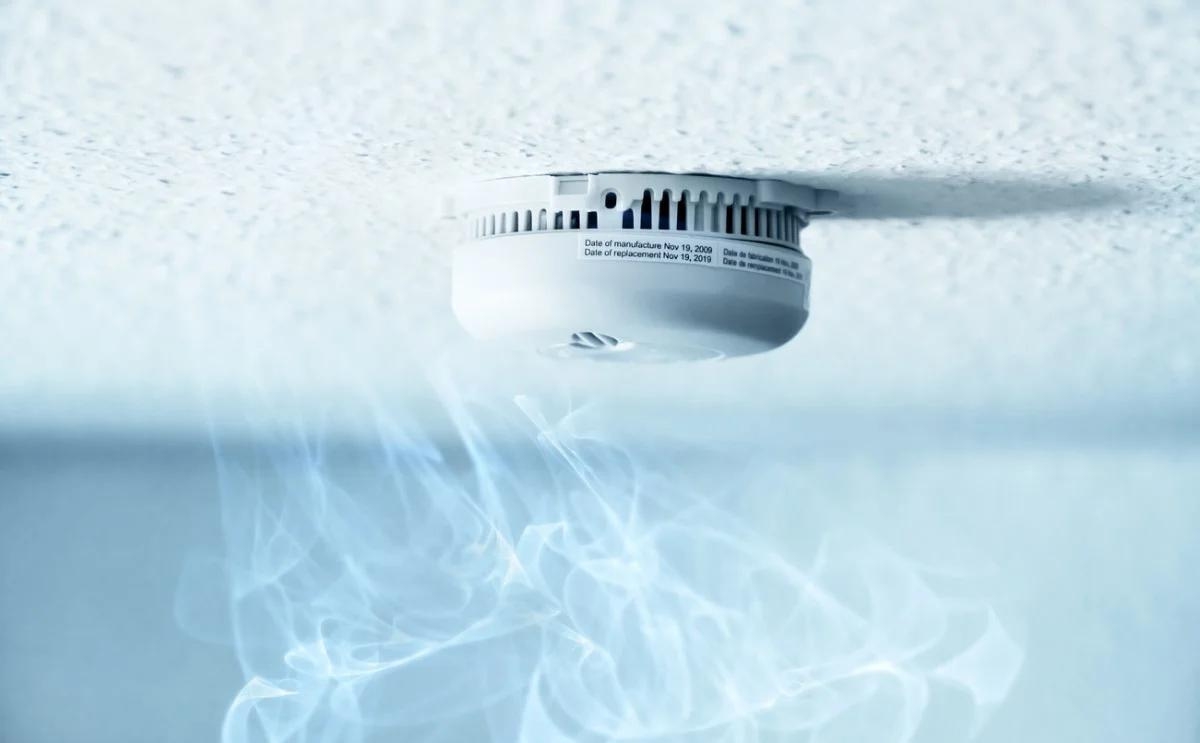
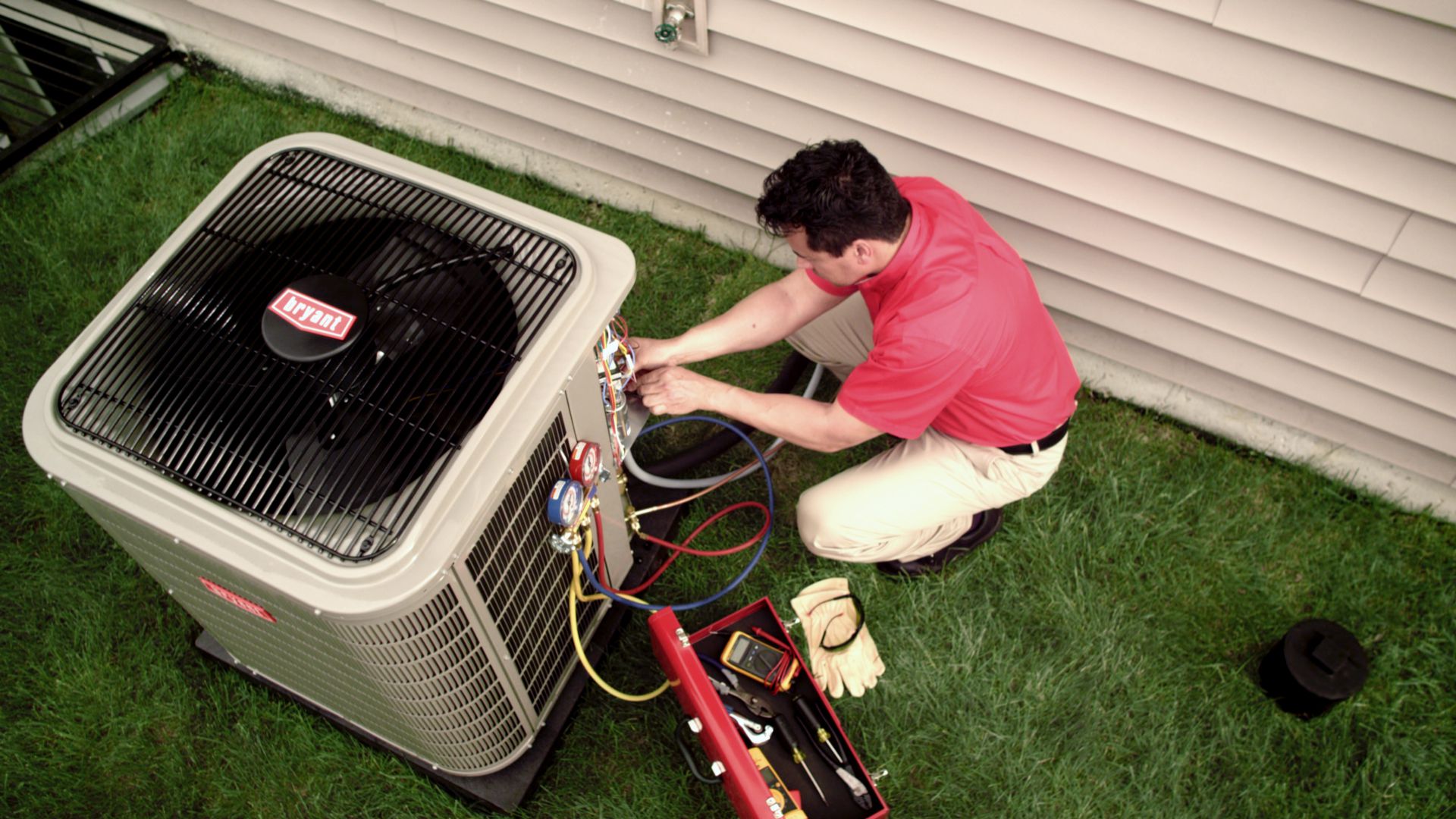
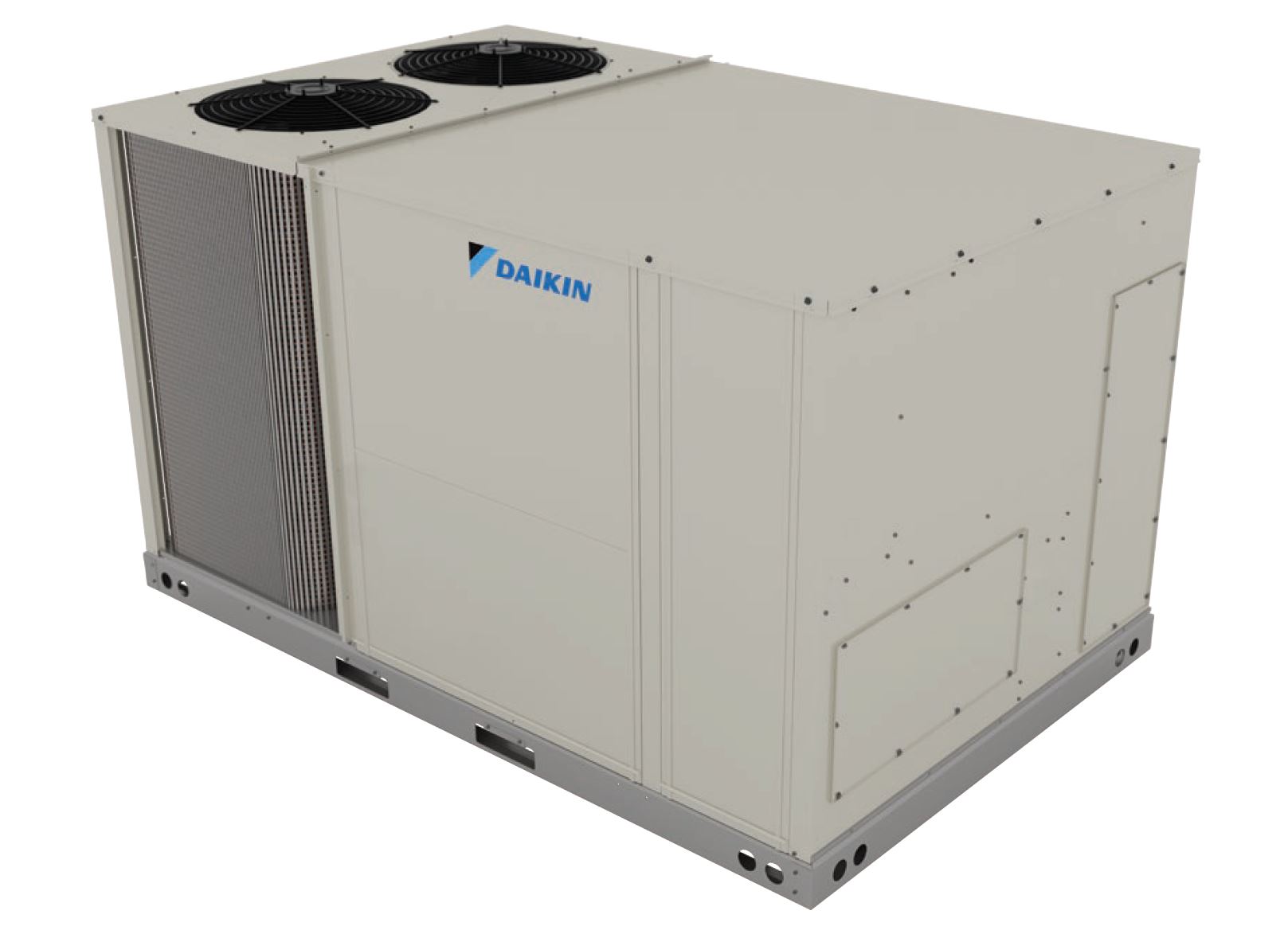
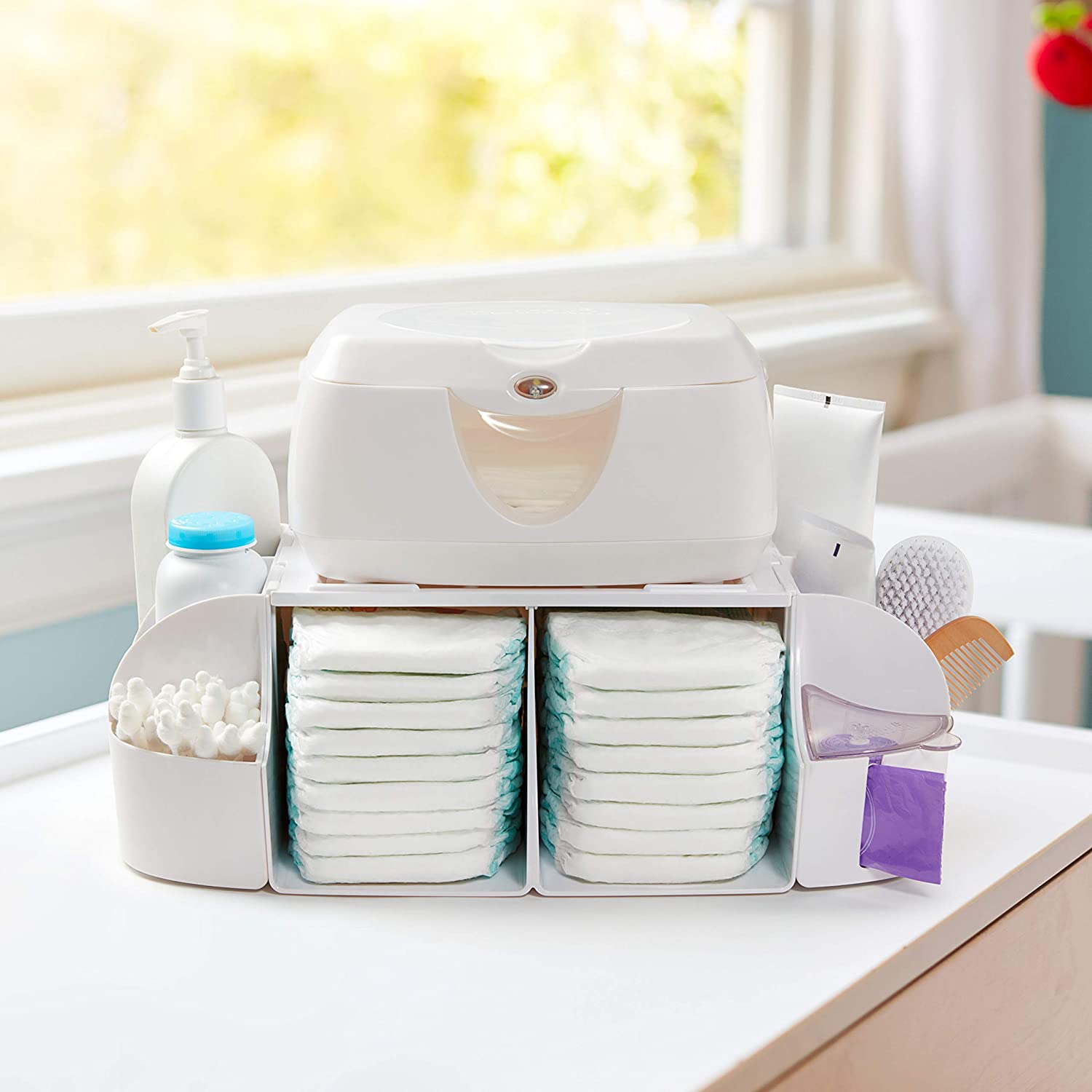
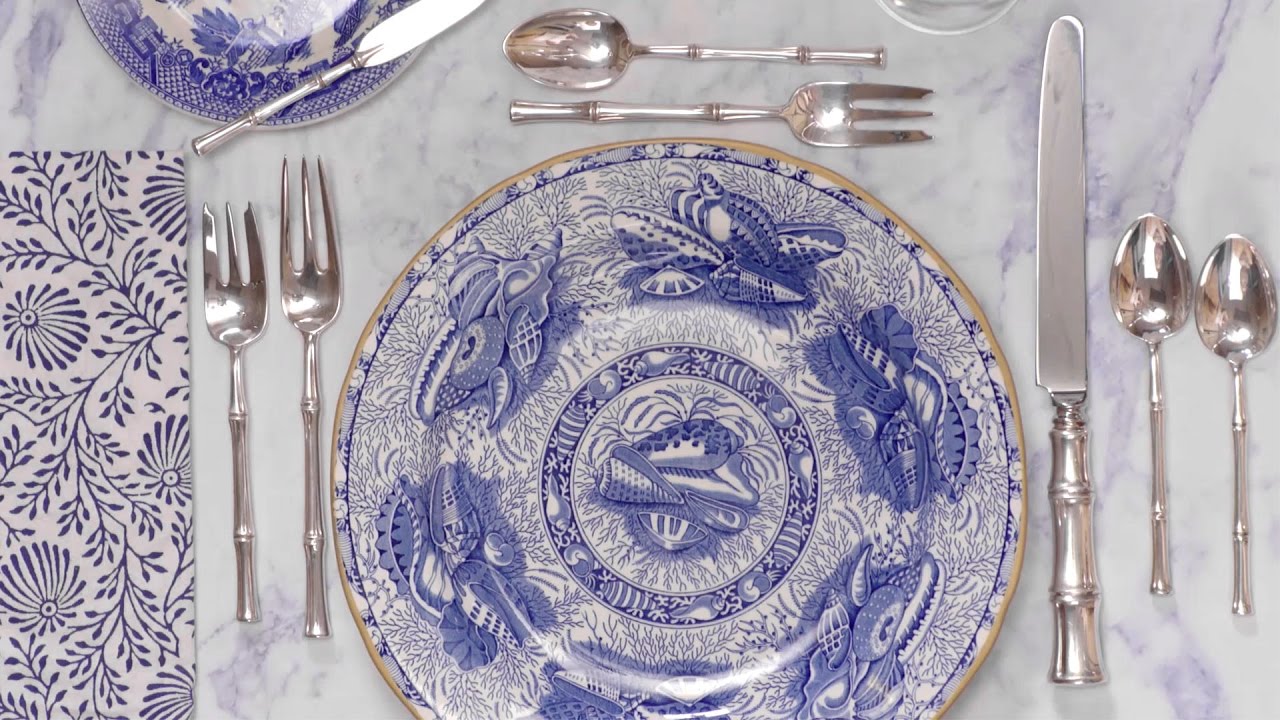
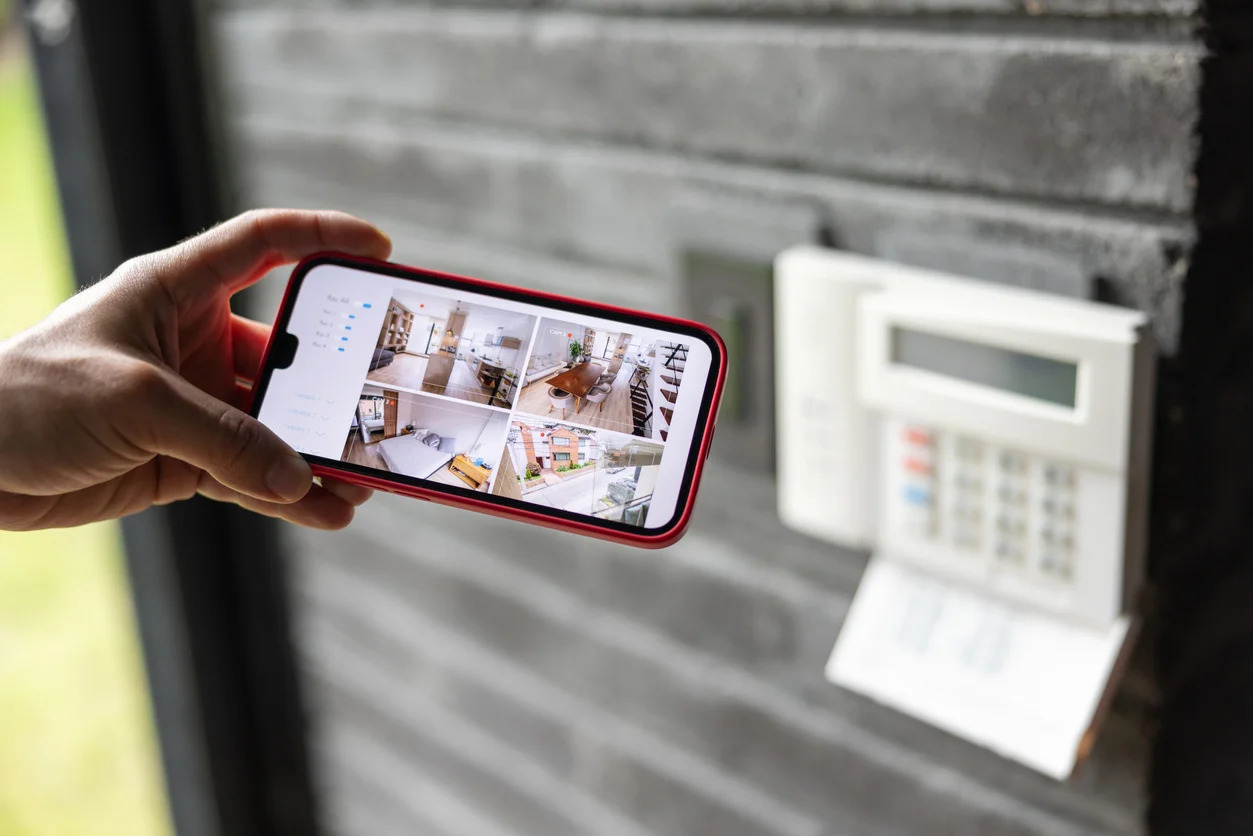
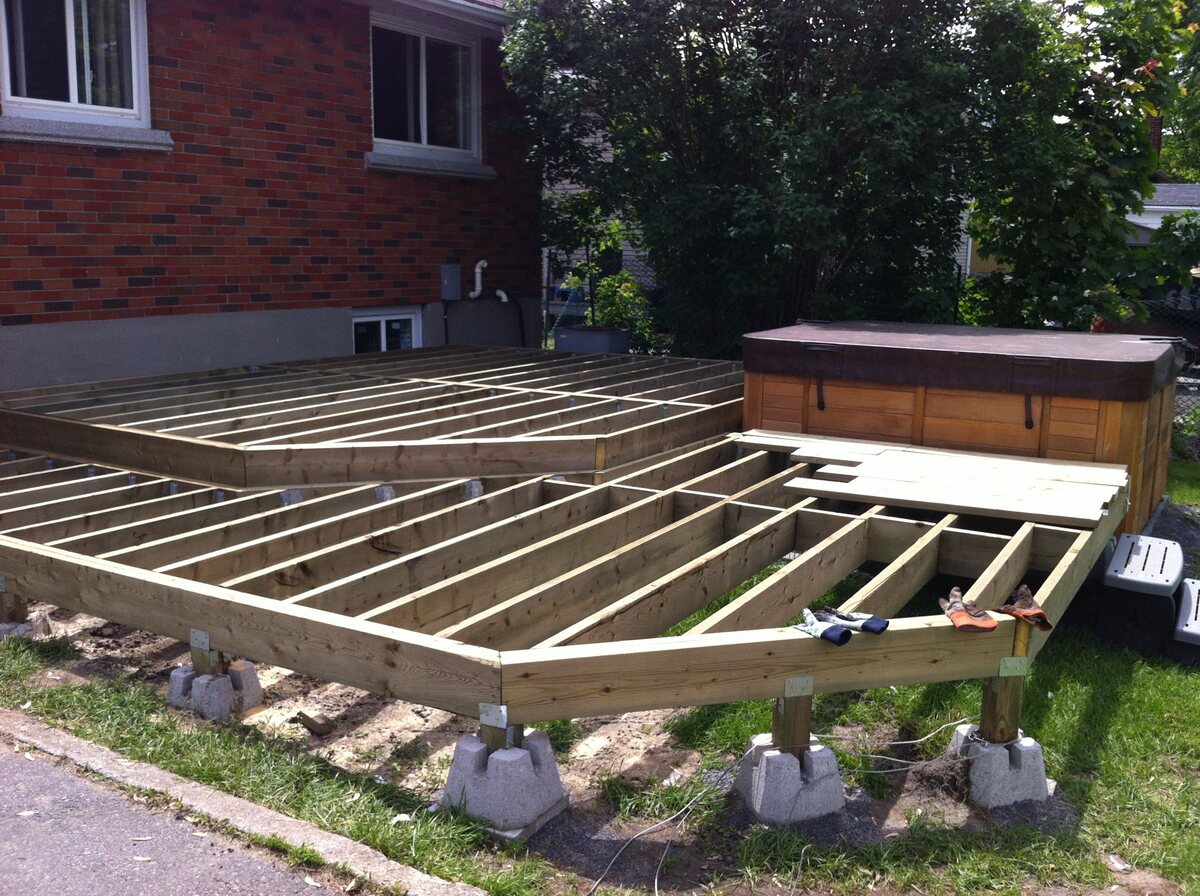

0 thoughts on “How Many Clothes Do I Need In My Wardrobe”